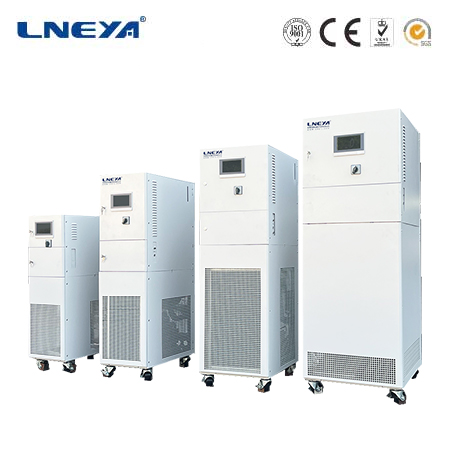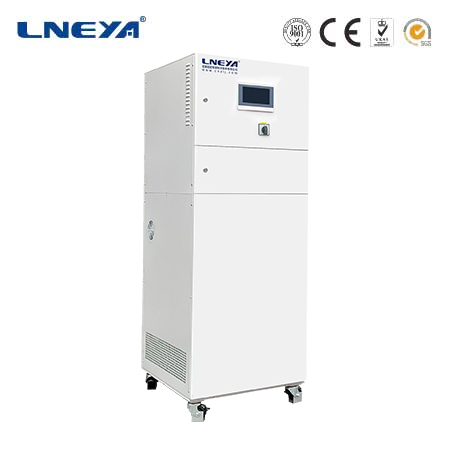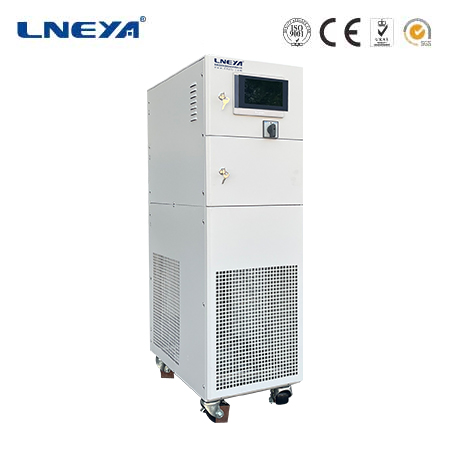vapour compression chiller
Understanding Vapor Compression Chillers
Vapor compression chillers are the most common type of chiller system used in commercial and industrial applications. They operate by compressing a refrigerant, which then circulates through the system to absorb and remove heat, providing cooling.

Components and Operation
The basic components of a vapor compression chiller include an evaporator, a compressor, a condenser, and an expansion valve. The refrigerant flows through these components in a continuous cycle:
Evaporator: The refrigerant absorbs heat from the space or process that needs cooling, evaporating from a liquid to a gas and thereby lowering the temperature.
Compressor: The compressor increases the pressure and temperature of the refrigerant gas, preparing it to release heat in the condenser.
Condenser: Here, the refrigerant releases heat to the surrounding environment, typically through a water-cooled or air-cooled heat exchanger.

Expansion Valve: The refrigerant passes through the expansion valve, where its pressure is reduced, causing it to cool and return to the evaporator as a liquid.
Types of Vapor Compression Chillers
Popular vapor compression chiller types include air-cooled, water-cooled, seawater-cooled, and oil-free chillers. Each type is suited to different applications and environments, with air-cooled chillers being suitable for areas where water supply is limited, and water-cooled chillers for larger-scale industrial applications where water is readily available.
Efficiency and Environmental Considerations
Vapor compression chillers are known for their high efficiency and compact size compared to other cooling technologies. However, the environmental impact of the refrigerants used in these chillers has led to a push towards more eco-friendly alternatives. Refrigerants with low global warming potential (GWP) are being adopted to reduce the environmental impact of the chiller systems.
Market Trends

The global market for vapor compression chillers is projected to grow due to increasing demand for efficient cooling solutions in various industries. The market is also influenced by the need for more sustainable and environmentally friendly refrigerants. Advanced technologies, such as radiative cooling and energy storage, are being integrated into vapor compression systems to improve their energy efficiency.
Maintenance and Efficiency Optimization
Proper maintenance is crucial for the optimal performance and longevity of vapor compression chillers. Regular inspection and cleaning of the condenser coils, maintaining the correct refrigerant charge, and monitoring the system for any leaks are essential maintenance tasks. Additionally, optimizing setpoints and using advanced control systems can enhance the efficiency of these chillers.
Conclusion
Vapor compression chillers are a vital technology in the HVAC industry, providing efficient and reliable cooling for a wide range of applications. As the market continues to evolve, the focus on energy efficiency and environmental sustainability will drive further advancements in vapor compression chiller technology. The shift towards eco-friendly refrigerants and the integration of advanced control systems will ensure that these chillers remain at the forefront of industrial cooling solutions.
Related recommendations
portable industrial chiller
564Portable Industrial Chiller: Versatile Cooling Solutions for Industrial Applications Portable industrial chillers, also known as portable cooling units, are essential in providing flexible and ...
View detailsthermal liquid heating system
582Introduction to Thermal Liquid Heating Systems Thermal liquid heating systems, also known as hot oil or heat transfer fluid systems, are engineered to transfer heat generated from a central hea...
View detailsheating and cooling systems
415Introduction to Heating and Cooling Systems Heating and cooling systems play a vital role in ensuring the comfort and well-being of occupants in residential, commercial, and industrial building...
View detailsair cooled chiller cost
688Understanding the Cost of Air-Cooled Chillers Introduction to Air-Cooled Chiller Costs Air-cooled chillers are popular for their versatility and cost-effectiveness in various industrial and ...
View details
 LNEYA Thermal Test Chillers
LNEYA Thermal Test Chillers





HelloPlease log in